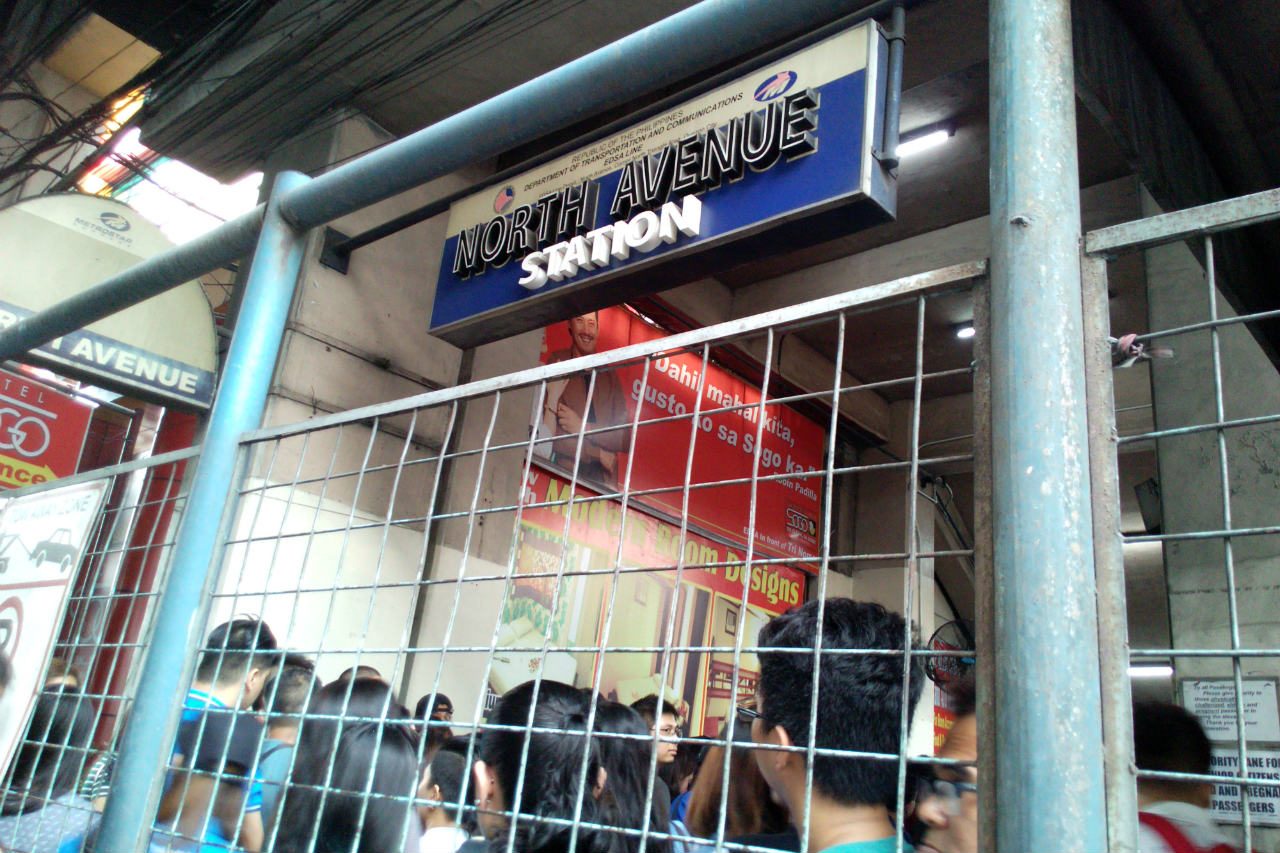SUMMARY
This is AI generated summarization, which may have errors. For context, always refer to the full article.

MANILA, Philippines – The Department of Transportation (DOTr) announced Thursday, June 15, that operations of the Metro Rail Transit Line 3 (MRT3) would return to normal on Friday, June 16, following a safety check.
The DOTr had begun inspecting light rail vehicles on Wednesday, June 14, after a train driver heard an “abnormal noise” in one of the axles of a train car on Tuesday evening, June 13.
The safety check led to a decrease in speed and the number of available trains running during peak hours.
On Thursday morning, 17 trains ran at 20 kilometers per hour (km/h) – a slight increase from Wednesday’s 15 working trains.
Normally, 20 trains run with a usual speed of 40-60 km/h during peak hours, while 15 trains run during non-peak hours. (READ: On the MRT: A capacity conundrum)
DOTr Undersecretary for Rail Cesar Chavez said the safety check should be done by Thursday night, and operations will be back to normal Friday morning.
In a separate advisory late Thursday night, the DOTr said the speed would be 40 km/h again during peak hours by Friday, for 18 trains.
The slower and fewer trains had caused more headaches for commuters and even longer lines than usual, but Chavez emphasized that their priority is passenger safety.
“Malinaw po ang utos sa atin ni Secretary [Arthur] Tugade. Hindi na baleng paulanan kami ng mura kaysa tahimik ang tao dahil nasa ospital sila o sementeryo,” he said.
(Secretary Tugade’s order was clear. It does not matter if the public will curse us. That’s better than them being quiet because they’re already in the hospital or buried in the cemetery.)
“Parte po ito ng proseso upang masiguro ang kaligtasan ng ating mga mananakay. Kaya kahit paulanan ‘nyo kami ng puna, ito ay kailangan naming gawin,” he added.
(This is part of the process so we can ensure the safety of our passengers. Even if we receive a lot of criticism, we have to do this.)
The MRT3 management earlier announced the safety inspection would take 4 days. But Deo Leo Manalo, MRT3 director for operations, clarified that it was “just an estimate.”
The DOTr said it deployed more than 80 buses to help handle the volume of passengers lining up for the MRT3.
The MRT3 spans 16.9 kilometers, with 13 stations from North Avenue in Quezon City to Taft Avenue in Pasay City. Long lines are a common sight, since the railway system has been operating above its average daily capacity of 500,000 passengers.
But Manalo, in a Senate hearing last May, promised that there would be no more long lines by end-2017. Additional trains are expected by then.
Back in August 2014, dozens were injured when an MRT3 train derailed at the Taft Avenue Station. (READ: #AnimatED: Problema sa MRT? Rebolusyon ang solusyon!) – Rappler.com
Add a comment
How does this make you feel?
There are no comments yet. Add your comment to start the conversation.